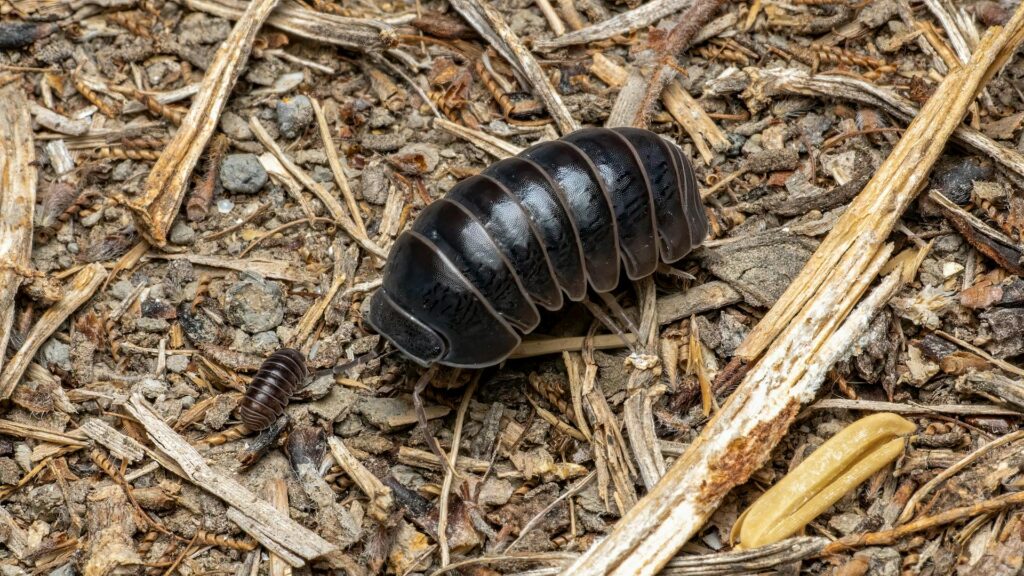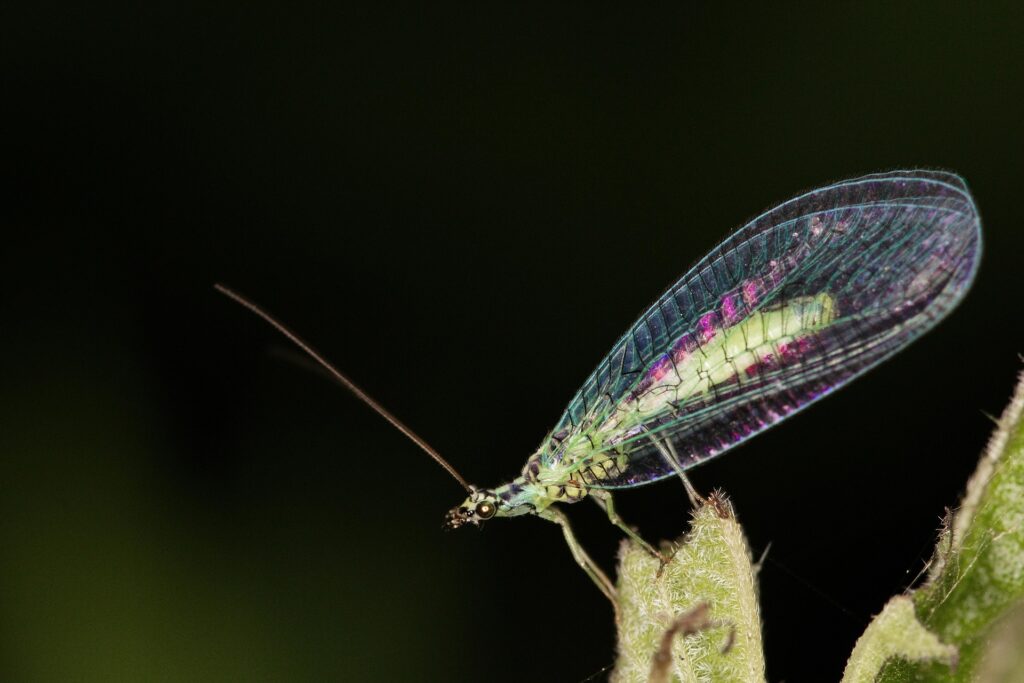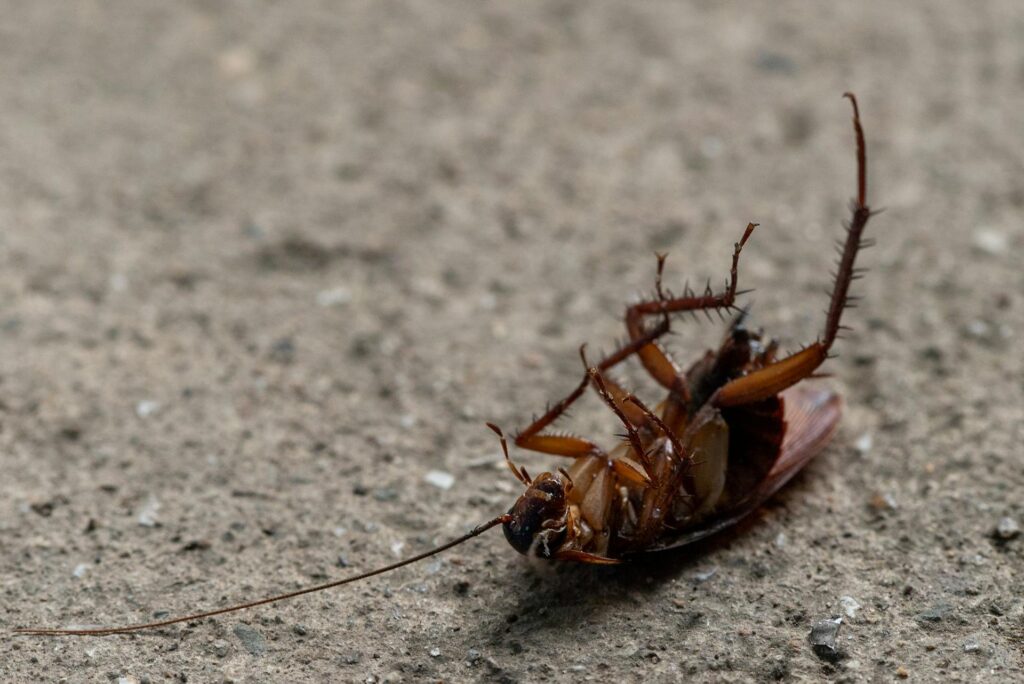When you notice ants marching in perfectly straight lines across your kitchen counter, you’re witnessing one of nature’s most sophisticated communication systems in action. You might clean the counter thoroughly and sweep the floor, only to discover the same organized procession appearing in the identical location the following day.
This frustrating pattern occurs because you’re observing ant trails—invisible chemical highways that represent one of the primary reasons ants persistently return to specific areas throughout your home.
Understanding how these trails function proves essential for developing effective ant control strategies, particularly when dealing with recurring indoor infestations that seem to resist conventional cleaning and deterrent approaches.
What Are Ant Trails?
Ants rely on sophisticated chemical messaging systems to coordinate their activities and navigate efficiently between food sources and their nests. These chemical signals, called pheromones, function as invisible roadways that guide colony members to successful foraging locations while maintaining organized traffic flow.
The trail establishment process begins when a scout ant discovers an attractive food source. As this ant returns to the nest, it continuously deposits pheromone markers along its travel route, creating a chemical breadcrumb trail other colony members can detect and follow using their highly sensitive antennae.
Key aspects of trail communication:
- Pheromones are deposited directly onto surfaces including floors, walls, and countertops.
- Worker ants use their antennae to detect and follow these chemical markers with remarkable precision.
- Each subsequent ant that successfully follows the trail reinforces it by adding additional pheromone deposits.
- Trail strength increases with usage, creating more pronounced chemical pathways that attract larger numbers of foragers.
These invisible scent highways remain completely undetectable to humans but provide crystal-clear directional guidance to ants. This chemical communication system enables colonies to mobilize hundreds or thousands of workers quickly and efficiently when valuable food sources are discovered.
Where Ant Trails Appear Indoors
Ants don’t wander randomly through your home—they establish deliberate pathways that provide efficient access to essential resources while offering protection from threats. Understanding their preferred routes helps identify where trails are most likely to develop and persist.
Typical indoor trail locations include:
- Kitchen countertops, particularly areas near food preparation and storage zones.
- Edges around sinks, faucets, and plumbing fixtures where moisture accumulates.
- Cracks and gaps along baseboards that provide protected travel corridors.
- Areas surrounding garbage receptacles and recycling containers.
- Interior spaces within cupboards, drawers, and pantry storage areas.
- Along window sills and door frames where structural gaps allow entry.
Most ant species demonstrate strong preferences for following established surface pathways rather than crossing open, exposed areas. They typically travel along walls, corners, and architectural features that provide concealment from predators while maintaining access to their chemical trail markers.
These predictable movement patterns explain why you often observe ants appearing in identical locations day after day—they’re simply following the most successful routes their colony has discovered for accessing your home’s resources.
The Role of Ant Trails in Colony Behavior
Ant trails serve multiple essential functions beyond simple navigation, acting as comprehensive communication networks that enable complex colony-wide coordination and resource management strategies.
Trail communication facilitates several critical colony functions:
- Resource notification: Successful foragers use trail strength to communicate food quality and quantity information to other colony members.
- Efficiency optimization: Established trails prevent workforce duplication by directing multiple ants toward proven resource locations.
- Safety coordination: Well-traveled routes become familiar pathways that reduce exposure to threats and hazards.
- Traffic management: Chemical trail systems help organize large foraging groups and prevent chaotic, counterproductive movement patterns.
In most ant species, these chemical pathways demonstrate temporary characteristics—pheromone markers naturally fade over time when not regularly reinforced by continued use. However, consistently successful routes receive constant reinforcement through repeated traffic, maintaining strong, reliable highway systems that can persist for weeks or months.
This sophisticated trail system explains why ant colonies can rapidly mobilize large numbers of workers when high-value food sources are discovered. The chemical communication network enables instant information sharing across the entire colony, resulting in the seemingly coordinated swarms that often appear around spilled food or accessible garbage containers.
Do All Ants Use Trails?
While chemical trail communication represents a common ant strategy, different species demonstrate varying levels of dependence on pheromone pathways and exhibit distinct trailing behaviors that influence how infestations develop within residential environments.
Argentine ants and odorous house ants frequently create highly visible processions involving hundreds of individuals following concentrated chemical pathways. These species often establish multiple parallel trails and demonstrate persistent route fidelity even when food sources become depleted.
Carpenter ants utilize chemical communication but often follow less obvious routes through structural voids, wall cavities, and behind baseboards where their movement remains largely hidden from homeowner observation. Their trails may appear intermittent or scattered compared to surface-traveling species.
Pharaoh ants demonstrate flexible trail usage, establishing chemical pathways primarily within buildings while maintaining multiple backup routes. Their nesting preferences for concealed indoor locations mean their trails often connect hidden harborage areas rather than obvious outdoor entry points.
Understanding which ant species you’re encountering helps predict their likely trail patterns and informs appropriate control strategies targeting their specific communication and movement behaviors.
How Trails Contribute to Persistent Infestations
Chemical trail systems create self-reinforcing cycles that make ant infestations remarkably difficult to eliminate through conventional cleaning and deterrent methods. Understanding this persistence helps explain why simple removal of visible ants rarely resolves underlying infestation problems.
Even after thorough food cleanup, established chemical trails remain active on surfaces for days or weeks, continuing to attract foraging ants to previously successful locations. Multiple colony members may reinforce the same pathway simultaneously, creating increasingly concentrated chemical markers that resist natural fading.
Successful trails often link indoor activity directly to outdoor nesting sites that may be located considerable distances from your home. Large colonies may establish multiple parallel routes to the same resource, creating redundant pathway systems that maintain function even when individual trails become disrupted.
Removing visible ants from trail endpoints doesn’t affect the underlying chemical communication network or eliminate the colony members that originally established the pathway. Trail systems frequently extend across multiple surfaces including floors, walls, and ceilings, creating three-dimensional highway networks that are difficult to completely disrupt.
This sophisticated communication infrastructure explains why ant problems often seem to resolve temporarily after cleaning, only to reappear in identical locations days later when trail markers guide new foragers to previously successful sites.
When to Contact a Professional
When dealing with persistent ant trail problems in your home, Aptive’s pest control experts can help. Our pest control service will perform a detailed inspection to assess the situation and develop a customized treatment plan based on the specific ant species and their presence in your home. We’ll identify whether you’re dealing with heavy trail-users like Argentine ants that create visible highways across surfaces, or other species that follow hidden routes through wall voids and structural areas.
If you’re seeing ants returning and following the same routes day after day despite cleaning efforts, contact Aptive today for a free quote. Our experts will evaluate your specific ant issues and recommend the most effective solutions to disrupt these invisible highways and protect your home from these persistent invaders.
Ant Trail FAQs
Here are some frequently-asked questions about ants and the trails they leave.
Q: Are ant trails dangerous?
Ant trails themselves aren’t dangerous, but they indicate active infestations that can create health and property concerns. Ants following trails can contaminate food surfaces, spread bacteria from outdoor sources, and signal larger colony problems. Some species like carpenter ants may cause structural damage, while others can trigger allergic reactions. The trails also attract more ants, making infestations grow larger and more difficult to control over time.
Q: How do I know if ants are leaving a trail?
Look for ants moving in organized lines rather than wandering randomly. You’ll notice them following the same exact pathways repeatedly, often along walls, baseboards, or countertops. Even after cleaning, ants return to identical routes within hours or days. The trails are invisible chemical pathways, but you can identify them by observing consistent ant movement patterns and noting where they consistently enter and exit your home.
Q: How do I get rid of ant trails?
Disrupting ant trails requires more than just cleaning visible surfaces. Use soapy water or vinegar solutions to break down pheromone markers along ant pathways. Identify and eliminate food sources attracting them, seal entry points where trails begin, and remove moisture sources. However, established trails often require professional treatment to reach hidden nests and completely eliminate the chemical networks that keep drawing ants back to the same routes.









